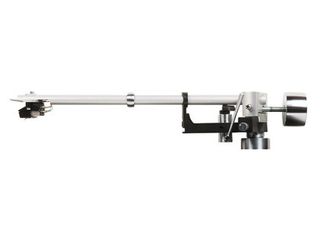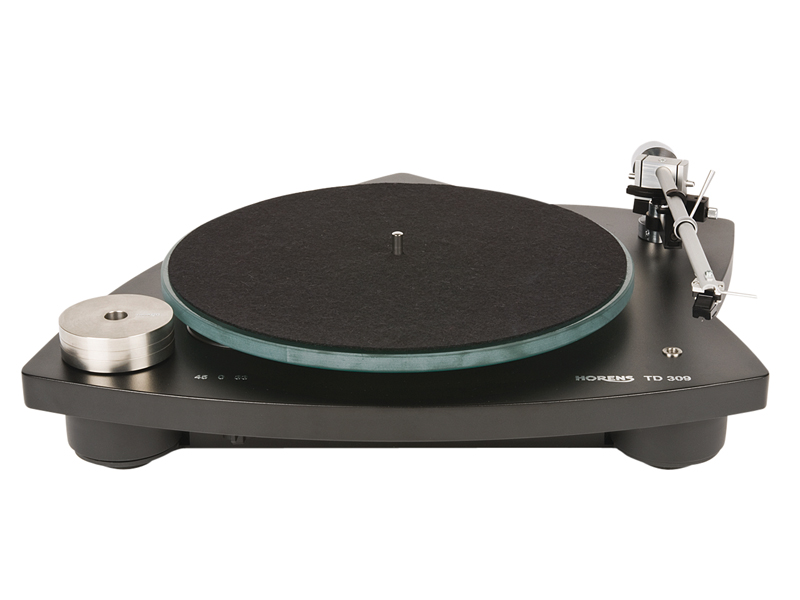TechRadar Verdict
Pros
- +
Very good tonal balance from top to bottom
Cons
- -
A little limited dynamically
- -
Could do with more pace
Why you can trust TechRadar
Few names in hi-fi can match Thorens's track record. 107 years is a pretty good innings and the company continues to build on the reputation it built in the 1960s for audiophile LP decks.
The Thorens TD309 is a new addition to the range, its shape and general design bang up-to-date, even more so in the optional red finish.
Sold as a package, it includes the TP92 tonearm and an Audio Technica AT-95 cartridge (interestingly, this was the obligatory fitment to budget decks in the late 1980s!). Although some more recent Thorens models have been unsuspended, the company is best known for fully suspended designs and this is one of them.
It has what its maker calls 'Tri-Balance' suspension, which reflects the fact that it uses three suspension points (as usual) with weight distribution arranged so that the deck bounces evenly. To assist in this, it is supplied with a steel weight which is intended to be placed over the front left suspension support, but can be moved around a little to optimise weight distribution.
We don't entirely see the point: if the deck were supplied without an arm this would make more sense, but as things stand the only variable is the weight of discs and who's going to faff with a balance weight every time they play an unusually light or heavy disc?

Still, the suspension is neat and effective and seems very stable in use. It's supplied pre-adjusted, but can be tweaked and is assisted by the use of flexi-leads from the arm to the chassis, with phono sockets ready to receive your choice of interconnect. The arm is also both well made and practical.
Drive is from a DC motor in the mechanically favourable position of front-left, with a flat belt and electronic speed selection (trimmable). The platter is glass and once again we must lament the absence of any kind of dust cover for the deck.
Sound quality
Tonally, this is evidently one of the best of the group, with a good balance overall which doesn't prevent it making a good impression on our listeners for bass reach and power.
It's also quite fleet of foot, leading to comments about lightness of touch which, taken along with the observations on bass, clearly shouldn't be taken as meaning bass-light. In the orchestral track it was very good at separating the instruments and their lines, without at any point sounding as if it was dissecting the music.
It also had a handy knack of keeping everything together and sharply in focus when the music gets loud and demanding. To some extent that may be down to the cartridge, but our subsequent experiments with the same Goldring that was used (at least part of the time) on all the other decks suggested that, in part, it's a function of the deck itself.
Still, there's good detail to be had and the extention at both bass and treble extremes is very welcome, giving particularly gratifying results on a tricky voice and piano recording which demands both extremes simultaneously.
Imaging is good laterally, but a little flat: not the TD 309's strongest suit.
Follow TechRadar Reviews on Twitter: http://twitter.com/techradarreview

Could Halo and Microsoft Flight Simulator come to Nintendo Switch 2 and PS5? Yes, per latest rumors

Some customers are about to see a huge rise in their Microsoft 365 subscriptions

Rumored prices for third-party RTX 5080 graphics cards soar above Nvidia’s MSRP, and I’m worried entry-level models will sell out in a flash
